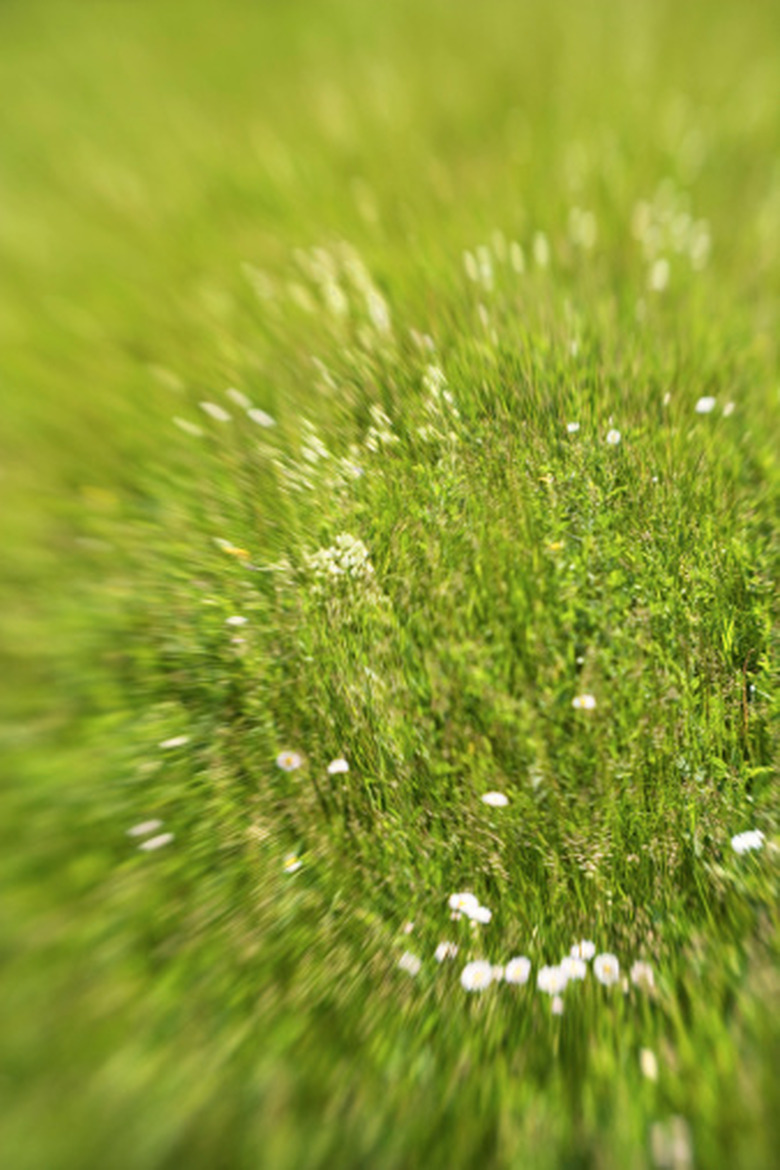How Does Grass Reproduce?
Grasses are some of the most successful plants on Earth, found in almost every ecosystem. Not only do they sprout leaves from the base of the plant, giving them the ability to regenerate quickly from damage by browsing animals, but they expand by underground stems that sprout new plants along their length as well as propagating by seeds.
About Grass
All grasses are placed by botanists in the family Poaceae, formerly called the Gramineae, a group within the larger division of flowering plants called Monocotyledons. Some characteristics of grasses such as having long, narrow leaves with parallel, rather than netted, veins that are shared by other monocots. Some grasses, such as bamboos, grow large and woody, while many are low and composed mainly of soft tissue. Many food crops such as wheat, rice and corn are domesticated grasses with large, edible seeds. Grassland soils are usually rich in nutrients because the roots are continually dying and being regenerated, adding large amounts of organic matter to the ground each year.
- Grasses are some of the most successful plants on Earth, found in almost every ecosystem.
- Not only do they sprout leaves from the base of the plant, giving them the ability to regenerate quickly from damage by browsing animals, but they expand by underground stems that sprout new plants along their length as well as propagating by seeds.
Flowers And Seeds
Wind pollination is the most common method of fertilization in grasses, so the flowers tend to be small, without the bright colors that attract insect pollinators but with large amounts of pollen. Flower formation is triggered by the length of daylight, with some grasses being short-day plants and some being long-day plants. The male organs, the stamens, and female organs, the pistil with the ovary, are enclosed and protected by two small bracts. When pollen is shed by the stamens, it is blown by the wind and if lands on the pistil of an adjacent flower, it sprouts a pollen tube that travels down to the ovary carrying the DNA of the pollen parent. Fertilization of the ovary occurs about 30 hours after pollination. The embryo then develops with a layer of starch around it, protected by a seed coat.
Vegetative Reproduction
Many grass species spread mainly by horizontal stems, forming large patches of sod, and may seed only on new, bare ground. These stems are called stolons if they grow across the top of the soil and rhizomes if they spread beneath the surface of the ground. New plants grow from the nodes of these stems, rooting as they grow and then sending out new stolons or rhizomes themselves.
- Wind pollination is the most common method of fertilization in grasses, so the flowers tend to be small, without the bright colors that attract insect pollinators but with large amounts of pollen.
Propagating Grass
Many lawn grasses are available as seed and gardeners may install a large area of lawn fairly inexpensively using this method. Good soil preparation, however, is key to the growth of a healthy lawn. Some grasses, however, either do not come true from seed because they are hybrids or do not set seed in commercial quantities. Zoysia grass and St. Augustine grass, for instance, are only available as sprigs or plugs. In this case, gardeners are replying on vegetative propagation, on the ability of grass to spread sideways from a small group of individuals to create a thick, dense lawn.
